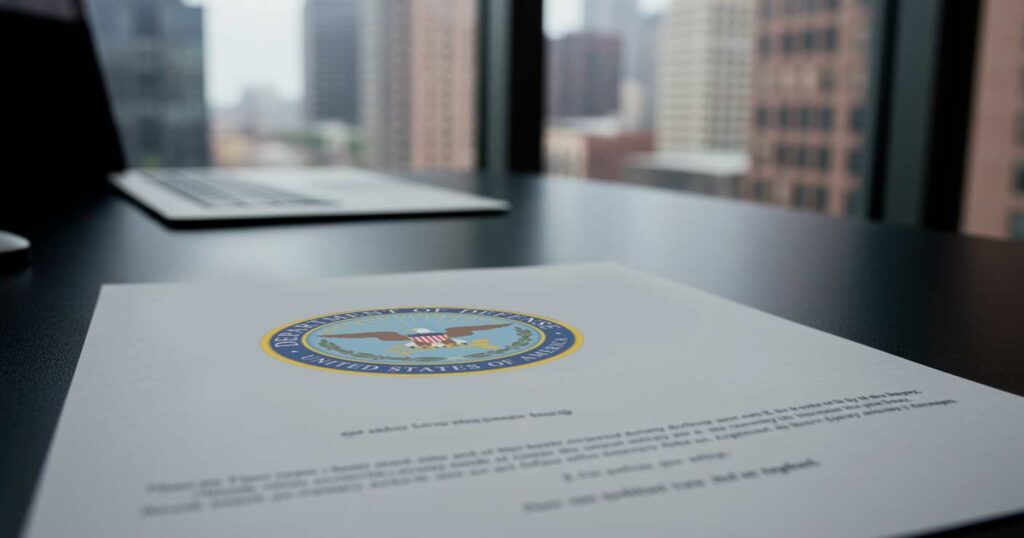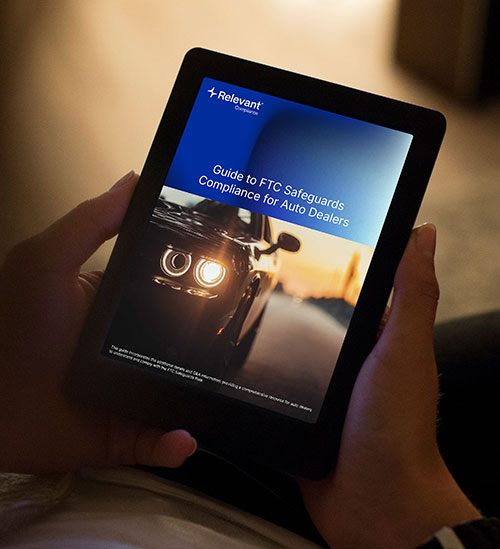A Plan of Action and Milestones (POAM) is a document that lists tasks to fix security problems in computer systems. It shows what resources you need, what steps to take, and when each step must be done. POAMs help companies track security improvements and show their plan to fix weaknesses.
Companies deal with many cyber threats and must follow strict security rules. Government agencies and military contractors need to fix system problems quickly to keep sensitive data safe. POAMs create a clear structure to track and fix these security issues step by step.
Key Takeaways
- POAMs track system weaknesses and set scheduled completion dates for remediation tasks.
- CMMC requirements limit POAMs to certain controls with strict 180-day resolution timelines.
- A good POAM template documents resources needed and creates accountability.
- POAMs are living documents that need regular review as security systems evolve.
- Corrective action plans require a high-level overview of tasks and responsible parties.
- Relevant Compliance helps determine resource requirements for successful remediation.
Get Compliant. Stay Compliant.
Whether you’re just starting your compliance journey or preparing for your official assessment, our platform is your compliance center.
Understanding POAMs
A POAM serves as a corrective action plan roadmap to address system weaknesses and document the resources required to fix them. The concept stems from the Federal Information Security Modernization Act (FISMA), which requires agencies to develop formal methods for handling security deficiencies.
When audits assess the security posture of information systems, they often reveal areas needing improvement. This isn’t negative – it reflects that security is never “done.” As cyber threats evolve and systems change, new risks emerge.
POAMs document each weakness along with specific steps to resolve it. They provide an in-depth look at the security control that isn’t being met, who is responsible for fixing it, what resources are needed for remediation, when the fix will be completed, and the current status of remediation efforts. This comprehensive documentation ensures nothing falls through the cracks during the remediation process.
For federal agencies and contractors, POAMs aren’t optional. They’re required documentation showing commitment to addressing non-compliance with security standards. For defense contractors, POAMs are integral to meeting CMMC requirements and NIST SP 800-171 compliance.
Action and Milestones: The Core Components
Every POAM contains defined actions and milestones that form the backbone of the remediation process. These components transform security weaknesses into an actionable roadmap.
The “Action” portion identifies what needs to be done to address each weakness. Effective actions must be specific and unambiguous, ensuring all stakeholders understand exactly what needs to happen. They should directly relate to resolving the identified weakness rather than addressing symptoms. Each action must be assigned to a specific person or team to establish clear accountability. Additionally, actions must be feasible within the organization’s constraints to ensure they can actually be accomplished with available resources and capabilities.
Milestones break down actions into manageable steps, creating checkpoints to track progress. Each milestone represents a measurable achievement toward full remediation. Proper milestones include specific, measurable outcomes with individual completion dates. They should show progression toward resolving the weakness and allow for status tracking throughout the remediation process.
Organizations must document both planned and completed milestones. Status tracking is essential, with common designations including Draft, Ongoing, Delayed, Pending Verification, and Completed.
Completion Dates: Meeting Critical Deadlines
Scheduled completion dates represent commitments to resolve security weaknesses by specific points in time. These deadlines often reflect the urgency based on risk level. For example, organizations may choose to resolve issues within the following timeframes:
- Critical vulnerabilities: approximately 15 days
- High-risk vulnerabilities: approximately 30 days
- Moderate-risk vulnerabilities: approximately 60–90 days
- Low-risk vulnerabilities: up to 180 days
Note: These timeframes are illustrative examples. Actual remediation periods should be defined by each organization based on internal policy, risk appetite, and available resources. While a C3PAO may assess whether a control has been properly addressed, it does not mandate specific durations for remediation.
Organizations must track progress toward their defined goals through regular status updates, documentation of actual vs. planned completion dates, and explanations for any delays.
Under CMMC 2.0, contractors have up to 180 days to remediate select weaknesses documented in POAMs. Failure to do so may require restarting the certification process.
Get Compliant. Stay Compliant.
Whether you’re just starting your compliance journey or preparing for your official assessment, our platform is your compliance center.
Resources Needed: Planning for Success
A critical POAM element is a realistic assessment of resources required to address each weakness. Resource planning encompasses financial allocations needed for new technologies or services, personnel considerations including staff time and specialized expertise, technology requirements such as hardware or software solutions, and external support from consultants or vendors when internal capabilities are insufficient. This comprehensive approach ensures that remediation efforts are properly supported from start to finish.
Organizations must provide specific, quantifiable resource estimates. Vague statements like “IT staff time” aren’t sufficient. Relevant Compliance helps organizations accurately determine resource requirements through expert assessment and industry benchmarking.
Resource planning should be collaborative, involving security teams, IT operations, management, and finance. Document any constraints that might impact timelines and update as requirements change.
POAM Template: Essential Elements
A standard POAM template ensures necessary information is captured consistently. Most contain these elements:
- Weakness Identification
- Responsible Office/Organization
- Resource Estimate
- Scheduled Completion Date
- Milestones with Completion Dates
- Milestone Changes
- Weakness Source
- Current Status
NIST provides standardized templates that organizations can customize. When implementing a template, ensure it’s compatible with your tracking systems and that stakeholders understand how to use it.
Corrective Action Plan: Implementation Strategy
The corrective action plan details exactly how each weakness will be addressed. A comprehensive corrective action plan begins with thorough root cause analysis to identify underlying issues rather than just addressing symptoms. It then establishes specific remediation steps with clear actions and responsibilities. The plan must include testing and validation methods to verify the effectiveness of implemented fixes, along with detailed resource allocation that assigns specific people and budget to each task. Finally, it should address risk mitigation strategies to maintain security during the remediation process, ensuring that the fix doesn’t create new vulnerabilities or expose systems to additional risk.
The plan should be developed collaboratively and documented thoroughly. Track all actions, challenges, and modifications as evidence of due diligence.
Non-Compliance: Addressing Security Gaps
Areas of non-compliance represent security gaps addressed through the POAM process. These gaps typically emerge from assessments, scans, tests, audits, and incident investigations.
Risk assessment helps prioritize remediation efforts based on potential impact, likelihood of exploitation, sensitivity of systems, and existing controls. Regular reporting on non-compliance status ensures transparency and accountability.
CMMC Level: Requirements and POAMs
The CMMC framework has specific POAM requirements that vary by level:
- CMMC Level 1: No POAMs permitted
- CMMC Level 2: POAMs allowed only for certain one-point controls
- CMMC Level 3: Stricter limitations on POAM usage
Organizations seeking CMMC Level 2 certification must meet at least 80% of all NIST 800-171 controls initially, with remaining controls eligible for POAMs. The 180-day timeline for CMMC compliance through POAMs is strict.
Conclusion
A POAM is more than a compliance document—it’s a structured approach to improving security through systematic remediation. By documenting tasks, resources, and deadlines, POAMs provide accountability and transparency.
Effective management requires thorough documentation, realistic resource allocation, clear ownership, regular updates, and adherence to deadlines.
As cybersecurity requirements evolve, particularly for CMMC certification, POAMs remain critical for managing compliance and security improvements.
For organizations navigating security compliance, Relevant Compliance provides expert guidance in developing and implementing effective POAMs, helping you meet requirements efficiently and avoid costly delays. Contact Relevant Compliance today to ensure your POAM process supports your security and compliance goals.
Get Compliant. Stay Compliant.
Whether you’re just starting your compliance journey or preparing for your official assessment, our platform is your compliance center.
FAQs
What is a POAM?
A Plan of Action and Milestones (POAM) is a document that identifies tasks needing to be accomplished to address security vulnerabilities. It details resources required, milestones for tracking progress, and scheduled completion dates.
How does a POAM relate to Cybersecurity Maturity Model Certification?
POAMs are an integral part of the Cybersecurity Maturity Model Certification process, though CMMC Level 1 does not permit POAMs while higher levels allow them for specific controls.
How often should a POAM be reviewed?
POAMs should be reviewed annually at minimum, but best practice is to update them monthly to ensure they remain relevant and accurate.
Why is it important to address vulnerabilities in a timely manner?
Addressing vulnerabilities in a timely manner reduces risk exposure and helps organizations meet compliance deadlines, especially the strict 180-day timeline for CMMC.
What type of assessment is needed to create an effective POAM?
A thorough security assessment that identifies vulnerabilities, determines risk levels, and documents non-compliance is essential for creating an effective POAM.
How does a POAM help organizations manage risk?
A POAM helps organizations manage risk by prioritizing vulnerabilities based on severity, documenting corrective actions, and tracking remediation progress with clear deadlines.







